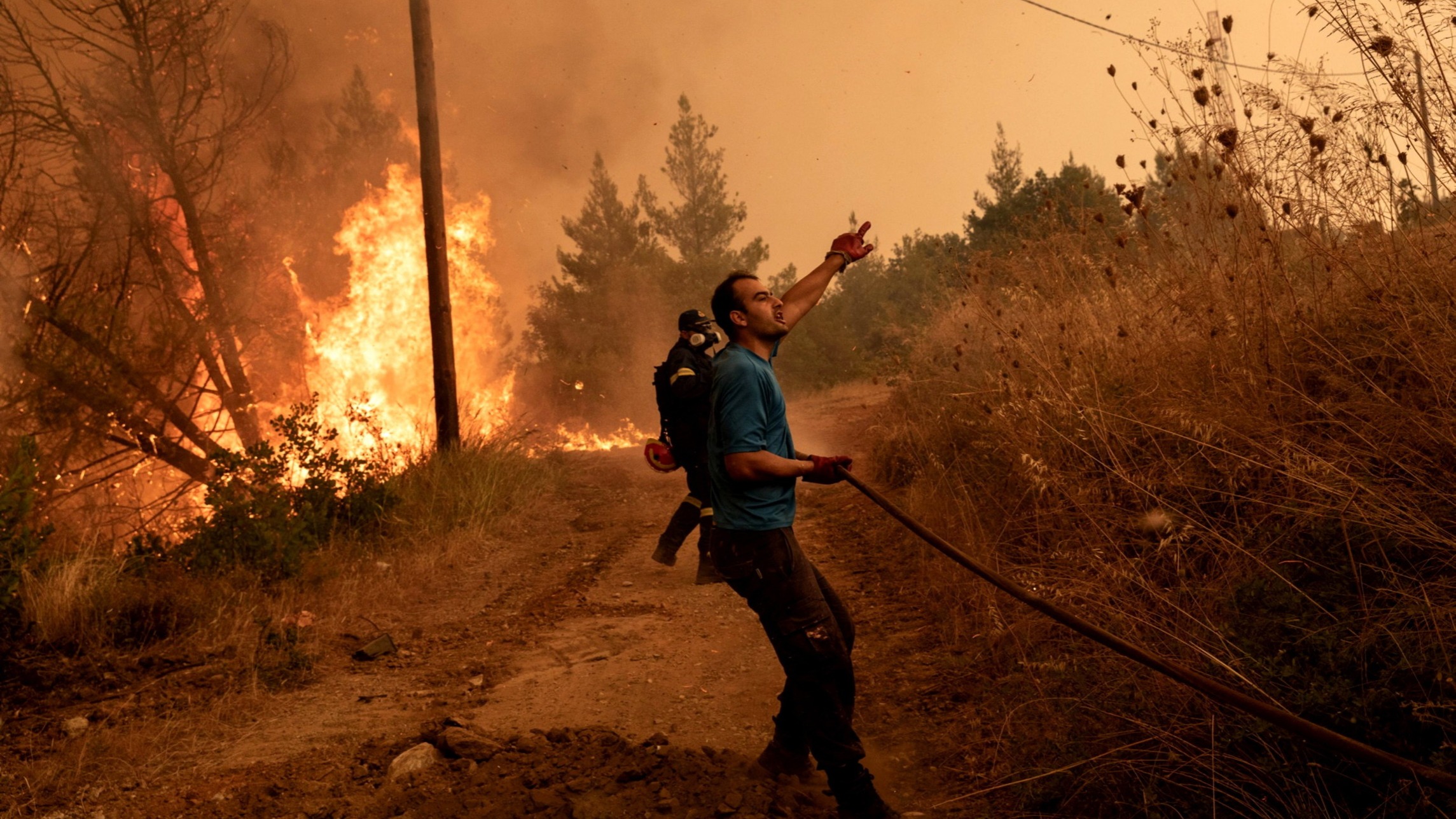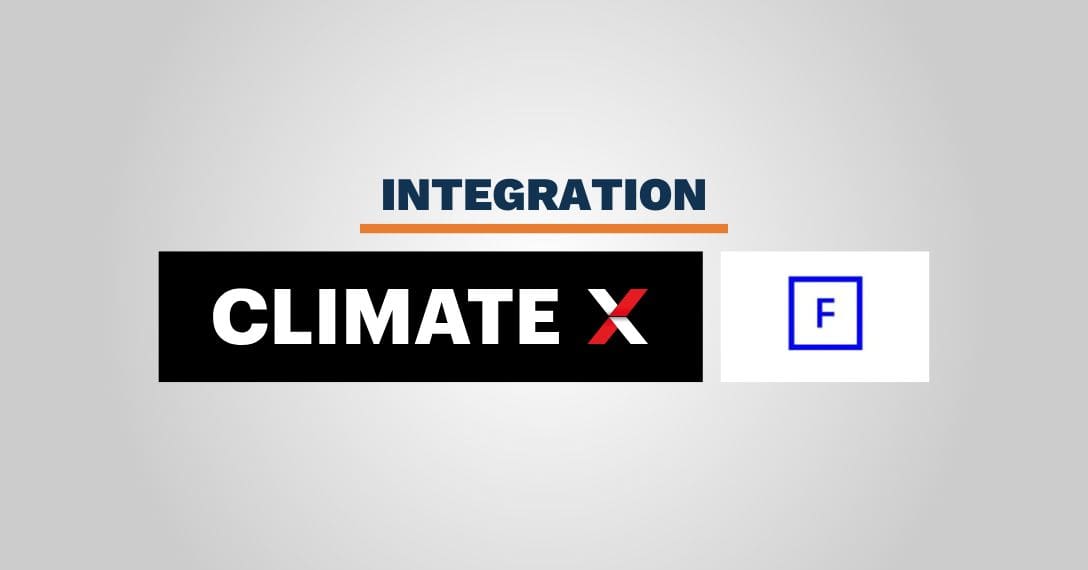How companies can face the impacts of climate change – Portal FGV

Report on Corporate Climate Adaptation in Brazil and Alignment with Sustainable Development Goals
Introduction and Research Scope
A study conducted by researchers from FGV EAESP analyzed the challenges and solutions implemented by Brazilian corporations in response to climate change. The research, based on a multiple case study of three national organizations, investigates private sector engagement in climate adaptation strategies, a critical component for achieving the Sustainable Development Goals (SDGs).
Key Findings on Corporate Resilience and SDG 13
The investigation reveals that corporate resilience to climate impacts is intrinsically linked to the organization’s perception of its own vulnerability and its capacity for long-term strategic planning. This directly supports SDG 13 (Climate Action), which calls for urgent action to combat climate change and its impacts by integrating climate change measures into national policies, strategies, and planning.
- Organizational resilience is proportional to the awareness of climate-related risks.
- Effective adaptation requires planning horizons that extend beyond typical business cycles.
Systemic Challenges and the Role of Partnerships (SDG 17)
Significant obstacles to effective adaptation were identified, highlighting the need for systemic change that extends beyond individual firms. Achieving these changes necessitates robust collaborations, aligning with SDG 17 (Partnerships for the Goals).
- Internal Transformation: A fundamental shift in organizational culture is required.
- Value Chain Engagement: Adaptation strategies must involve the entire value chain, from suppliers to consumers.
- Multi-Sectoral Collaboration: The creation of institutional arrangements involving governments, civil society, and impacted communities is essential for building resilient societies, a key target of SDG 11 (Sustainable Cities and Communities).
Strategic Adaptation Approaches for Sustainable Industry (SDG 9)
The study categorizes corporate attitudes toward climate risk and outlines effective strategies. These approaches are fundamental to building resilient infrastructure and promoting inclusive and sustainable industrialization, as outlined in SDG 9 (Industry, Innovation, and Infrastructure).
- Attitudes Toward Risk:
- Preventive Adaptation
- Reactive Adaptation
- Continuous Adaptation
- Deferred Adaptation
- Effective Strategic Actions:
- Implementing measures to prevent future losses.
- Sharing and transferring risk through mechanisms like insurance.
- Adapting internal processes and technologies to new climate realities.
- Reallocating operations away from high-risk areas when necessary.
Conclusion: A Call for Integrated Action
The research concludes that meaningful climate adaptation demands a systemic vision, multi-sectoral collaboration, and long-term planning. By adopting these principles, corporations can not only secure their own operational continuity but also contribute significantly to the global agenda for sustainable development, particularly the goals related to climate action, sustainable industry, and global partnerships.
Analysis of Sustainable Development Goals in the Article
1. Which SDGs are addressed or connected to the issues highlighted in the article?
- SDG 13: Climate Action: This is the central theme of the article, which directly discusses the challenges and strategies for companies adapting to the effects of climate change, focusing on resilience and adaptive capacity.
- SDG 9: Industry, Innovation and Infrastructure: The article addresses how industries and businesses need to adapt their operations, processes, and infrastructure to become more resilient to climate impacts. It discusses strategies like adapting processes and reallocating operations, which are linked to building resilient infrastructure and promoting sustainable industrialization.
- SDG 17: Partnerships for the Goals: The text explicitly emphasizes the need for “multi-sectoral collaboration” and “institutional arrangements with participation from governments, civil society, and impacted communities.” This highlights the importance of partnerships to effectively implement climate adaptation strategies.
2. What specific targets under those SDGs can be identified based on the article’s content?
SDG 13: Climate Action
- Target 13.1: Strengthen resilience and adaptive capacity to climate-related hazards and natural disasters in all countries. The article is fundamentally about this target, as it analyzes how Brazilian companies are building “resilience” and implementing “adaptation strategies” to cope with the “effects of climate change.”
- Target 13.3: Improve education, awareness-raising and human and institutional capacity on climate change mitigation, adaptation, impact reduction and early warning. The article mentions the necessity to “transform not only the internal organizational culture” and the research itself serves as a tool for raising awareness and building capacity within the private sector on climate adaptation.
SDG 9: Industry, Innovation and Infrastructure
- Target 9.1: Develop quality, reliable, sustainable and resilient infrastructure, including regional and transborder infrastructure, to support economic development and human well-being. The discussion on companies needing to “adapt processes” and “reallocate operations” to manage climate risks directly relates to making their operational infrastructure more resilient and sustainable.
SDG 17: Partnerships for the Goals
- Target 17.17: Encourage and promote effective public, public-private and civil society partnerships, building on the experience and resourcing strategies of partnerships. The article explicitly states that a key element for success is creating “institutional arrangements with participation from governments, civil society, and impacted communities” and engaging the “entire value chain,” which directly aligns with this target.
3. Are there any indicators mentioned or implied in the article that can be used to measure progress towards the identified targets?
The article does not mention specific, official SDG indicators. However, it implies several qualitative and quantitative measures that could be used to track progress:
- Existence of corporate adaptation strategies: The article discusses the “few cases of active private sector engagement in adaptation strategies.” An indicator could be the number or percentage of companies that have developed and implemented formal climate adaptation plans.
- Type of adaptation strategy: Progress could be measured by tracking whether companies are moving from “reactive” or “deferred” adaptation to more proactive “preventive” or “continuous” adaptation strategies.
- Level of investment in risk-sharing mechanisms: The mention of “sharing risks through insurance” implies that an increase in the uptake of climate-related insurance products by businesses could be an indicator of adaptation.
- Number of multi-stakeholder partnerships: The call for “multi-sectoral collaboration” suggests that the number of established partnerships between companies, government, and civil society on climate adaptation could be a key indicator of progress towards Target 17.17.
- Integration of long-term planning: The article links resilience to the “ability to plan over longer time horizons.” An indicator could be the extent to which long-term climate projections are integrated into corporate strategic planning.
4. Table of SDGs, Targets, and Indicators
| SDGs | Targets | Indicators (Implied from the article) |
|---|---|---|
| SDG 13: Climate Action |
13.1: Strengthen resilience and adaptive capacity to climate-related hazards.
13.3: Improve education, awareness-raising and human and institutional capacity on climate change adaptation. |
– Number of companies with formal climate adaptation strategies. – Shift from reactive to preventive adaptation approaches. – Evidence of transformed internal organizational culture regarding climate change. |
| SDG 9: Industry, Innovation and Infrastructure | 9.1: Develop quality, reliable, sustainable and resilient infrastructure. |
– Number of companies adapting processes or reallocating operations for climate resilience. – Integration of long-term climate planning into business operations. |
| SDG 17: Partnerships for the Goals | 17.17: Encourage and promote effective public, public-private and civil society partnerships. |
– Number and effectiveness of institutional arrangements involving companies, government, and civil society. – Extent of engagement across the entire value chain on adaptation. |
Source: portal.fgv.br

What is Your Reaction?
 Like
0
Like
0
 Dislike
0
Dislike
0
 Love
0
Love
0
 Funny
0
Funny
0
 Angry
0
Angry
0
 Sad
0
Sad
0
 Wow
0
Wow
0














































































